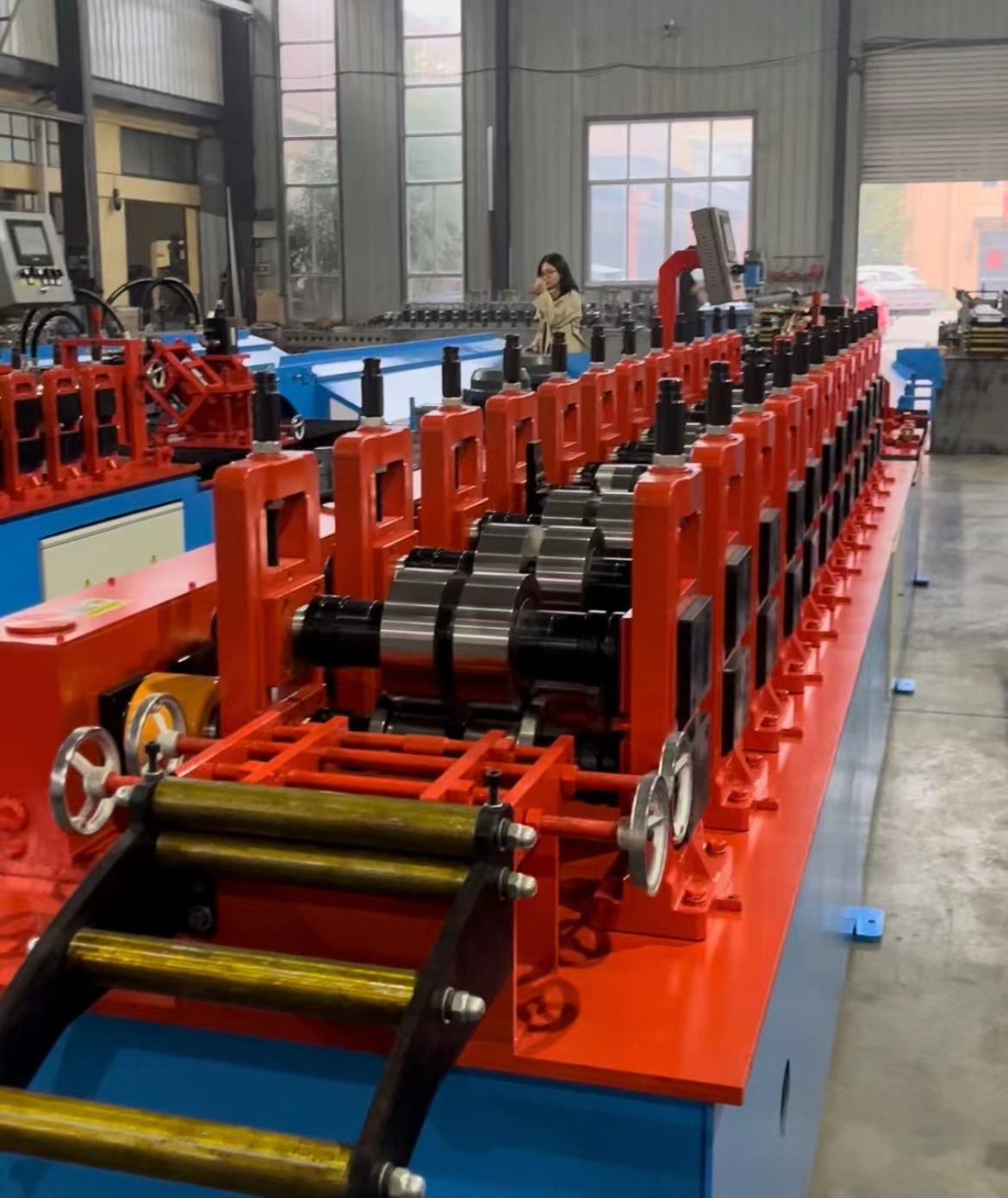
Ceiling T Grid Roll Forming Machine An Overview
Ceiling T Grid Roll Forming Machine An Overview
At its core, the ceiling T grid roll forming machine operates by feeding metal sheets, typically made of galvanized steel or aluminum, through a series of rollers that progressively shape the material into T-grid profiles. The process starts with the uncoiling of metal strips, which are then passed through multiple stations where the rollers precisely form the desired T-shaped sections. This continuous roll forming process ensures a high level of consistency and quality in the finished product.

One of the significant advantages of using a ceiling T grid roll forming machine is its efficiency. Manufacturers can produce large quantities of ceiling grids in a relatively short period, reducing labor costs and increasing productivity. Additionally, the precision of the machine minimizes material waste, making it an environmentally friendly option for production. The ability to customize the size and shape of the T-grids further enhances its appeal, allowing for tailored solutions that meet specific architectural requirements.
Moreover, the versatility of the ceiling T grid roll forming machine allows it to produce various designs and finishes. Whether it’s a simple grid system or a more elaborate decorative ceiling, the machine can be adjusted to accommodate different profiles, widths, and lengths, catering to the unique needs of each project. This flexibility is particularly beneficial for contractors and building designers who aim to deliver innovative and stylish ceiling solutions.
In conclusion, the ceiling T grid roll forming machine is an indispensable tool in the manufacturing of modern ceiling systems. Its ability to produce high-quality, custom T-grid profiles efficiently makes it a cornerstone in the construction industry. As architectural designs continue to evolve, the demand for sophisticated ceiling solutions will likely grow, further solidifying the role of roll forming machines as pivotal to the future of construction and interior design. Investing in advanced roll forming technology not only enhances production capabilities but also fosters creativity and innovation in ceiling design.